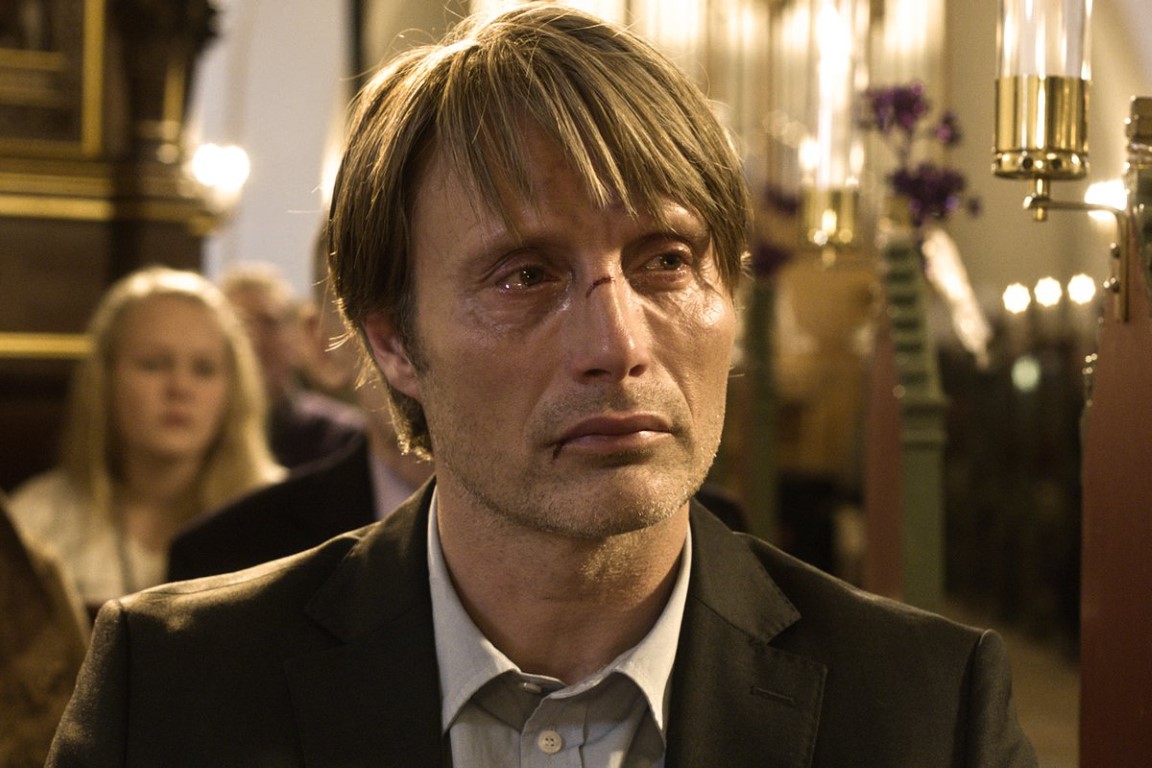
‘Bravely Default’ video game review
By Lauren Paulsen, Senior Columnist
4/5
With Bravely Second: End Layer coming out this month, it seems only fitting to write a review for its predecessor, Bravely Default , a Nintendo 3DS role-playing game similar to the older Final Fantasy games with some unique elements.
The story concerns four heroes: Angès Oblige, the vestal of the Wind Crystal; Tiz Arrior, the sole survivor of the village of Norende; Ringabel, an amnesiac with a peculiar journal that seems to predict future events; and Edea Lee, traitor to the Eternians who are hunting down the vestals. Together, these four heroes go on a journey to defeat a great evil and try to re-awaken the Crystals, which have been taken over by darkness.
The story may not be extremely original (why are crystals always so important?), but it is entertaining enough. Great tragedies occur throughout the course of the narrative, and the game covers some heavy topics, including murder, greed, vanity, and death. It is entertaining to fight with these heroes against such depravities in their attempt to fix the world.
The game is heavily story-driven, so there are a lot of cut-scenes to watch. Fortunately, the story is interesting enough that the number of cut-scenes doesn’t detract from the game. You also have the option of allowing them to either auto-play, or move the dialogue ahead manually, therefore allowing you to have control over whether you sit back and watch, or pause if you need to. Also, if you’ve already seen the scenes, you can skip them entirely. If you happen to miss part of them or want to re-watch a scene, the menu also lists all of the scenes you have already gone through.
Battle-wise, Bravely Default is a turn-based game. However, it adds several unique aspects to the system. To begin with, players have the option of using either Brave mode or Default mode in a battle. Using Brave allows you to use an extra move, allowing each character up to four moves per turn. The drawback is that however many Brave turns you take up, you will have to skip as many turns afterwards. That means if you use three Brave turns, then the enemy will have a chance to hit you for three turns in a row if it wasn’t defeated.
Using Default for a turn will put you in a guard position where you take less damage and gain an extra turn to use with Brave, without the consequence of skipping the following turn. Using these two commands strategically can really help the player in battle. Unfortunately, enemies also have these options, though they rarely seem smart enough to make use of them.
Another nice combat feature is the ability to control how long each turn takes. You can fast forward your moves up to four times, allowing you to essentially beat opponents within seconds, should you be strong enough. This allows players to farm for experience much more quickly than in other turn-based games.
Bravely Default also has quite an extensive list of unlockable jobs to choose from. In total, there are 24 different job classes, including the more traditional titles, such as Thief, as well as new ones, such as Spell Fencer. To unlock a job class, you need to first defeat the boss that holds that job. These bosses can be found throughout the main story, as well as during side quests.
Outside of combat and story, Bravely Default is really aesthetically pleasing. The characters are drawn in a unique, cute art style that the Japanese refer to as “chibi.” The atmosphere and backgrounds are drawn up beautifully. The music is really well composed, and pleasant to listen to, even after playing for hours. Overall, it is truly a work of art.
With Bravely Default’s mixture of traditional mechanics and new elements, it is truly a game that any RPG lover will want in their collection.


